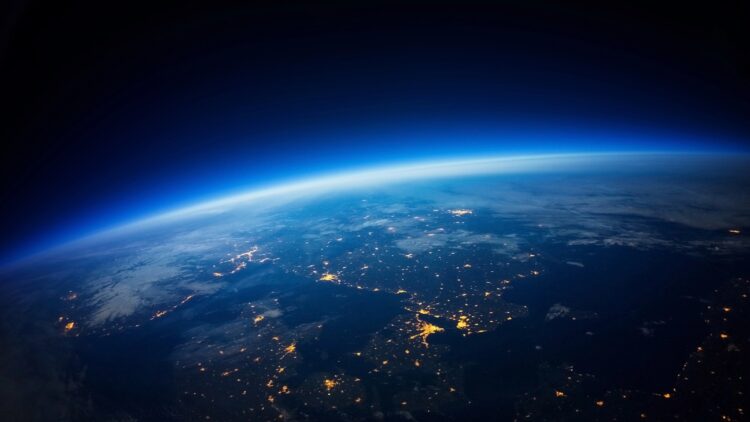Space fans are abuzz with news of our world’s newest celestial tagalong, who has decided to stick with us. This space friend isn’t a run-of-the-mill moon, however, but something considerably more intriguing that has moved unobtrusively in Earth’s orbit. Scientists only recently established that the enigmatic visitor will remain on Earth for decades before disappearing into space.
Asteroid 2025 PN7 is the Earth’s newest quasi-moon friend
Researchers at the University of Hawaii’s Pan-STARRS observatory first spotted asteroid 2025 PN7 on August 2, 2025, although the space rock was seen decades earlier. The tiny asteroid, which is only 52 feet long—about as long as a city bus—has officially become part of Earth’s orbital family as a quasi-moon.
The asteroid somehow moved into its current quasi-moon orbit in the 1950s, so it’s a comparatively new member of our cosmic household.
Unlike typical moons that orbit a planet along a linear path, a quasi-moon orbits the sun while keeping pace with Earth’s own orbit. Picture two cars driving down parallel paths on a cosmic highway, matching step for step. This incredible cosmic mechanics fools 2025 PN7 into seeming to trail behind our planet when, in fact, it’s on its own independent solar orbit.
Scientists track the mysterious past of our space ride-along
The source of asteroid 2025 PN7 is a total enigma, leaving astronomers tracking such space drifters perplexed. Carlos de la Fuentes, an astronomer at Madrid’s Complutense University and writer of the September 2025 report, confesses there is really no clue at all to where this space rock originated.
There have been quite a few quasi-moons for our planet in the past—some from the principal asteroid belt between Jupiter and Mars, others debris flung out of the Moon by huge meteorite impacts.
Earlier quasi-moons such as Kamo’oalewa already brought scientific riches, and China followed up by sending the Tianwen-2 spacecraft to sample that specific asteroid in late 2027. These space visitors allow scientists to get a chance to examine the development of our inner solar system at no cost and with much less trouble than performing deep space missions. To have these benign asteroids around actually invites scientists into the cosmos to attempt to unravel the dynamics of planetary establishment and asteroid movement.
“No tangible indications of where it originates, only speculation through” – Carlos de la Fuentes, astronomer at Complutense University of Madrid
Earth’s celestial neighbor does not affect our planet
Despite rumors on social media that the Earth planet now “has two moons until 2083,” NASA has not suggested that any such rumor of two moons is true. Our Earth has only one true Moon, but is incidentally hosting this much-smaller quasi-moon visitor that never approaches within 4 million kilometers—about ten times more distant than our true Moon. The small asteroid presents absolutely no threat to the Earth and has no influence on tides, gravity, or the normal course of daily life on Earth.
Scientists highlight the occurrence of 2025 PN7 as being wholly beneficial for research, providing helpful insights into the asteroid motion and solar system evolution in the interior. The smallness of the rock and its distant orbital nature render it utterly harmless and provide a straightforward natural laboratory where celestial mechanics can be researched. Its clearly delineated orbit enables astronomers to observe and research it in the subsequent decades or so with Earth.
Asteroid information regarding 2025 PN7
- Size: Around 52 feet (length of a city bus)
- Discovery: August 2, 2025, at Pan-STARRS observatory
- Orbital period: 126 years total around Earth
- Departure date: Projected to be about 2083
This remarkable cosmic companion represents one of nature’s most fascinating orbital arrangements, demonstrating how gravitational forces can create temporary celestial partnerships. When 2025 PN7 finally departs in 2083, it will leave behind valuable scientific data and memories of our brief cosmic friendship.


